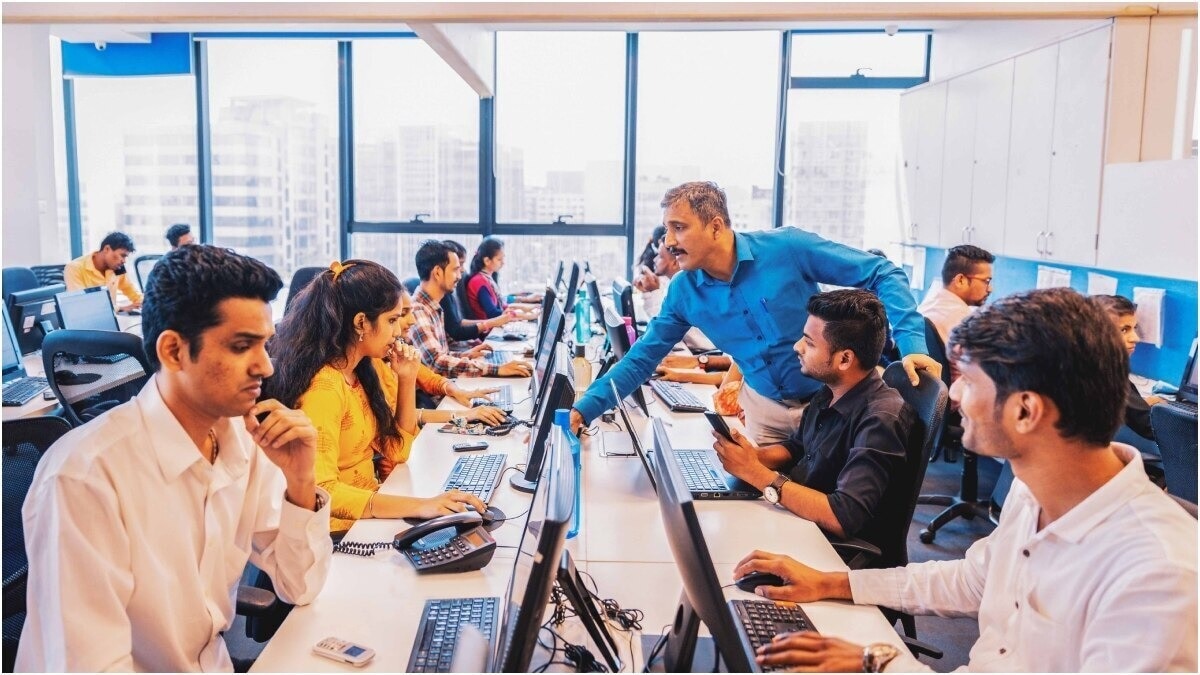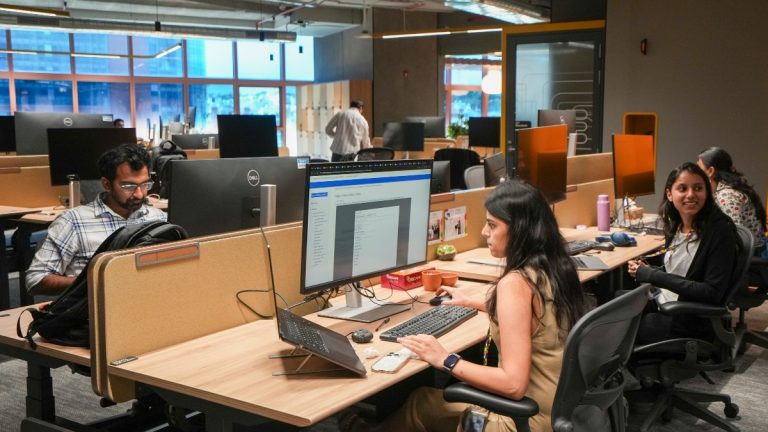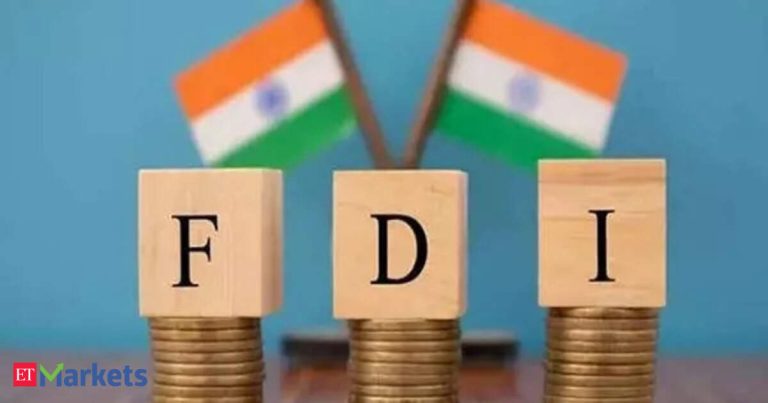These are extraordinary times for global corporations including those in India.
A combination of developments has created an environment of Volatility, Uncertainty, Complexity and Ambiguity, normally referred to as VUCA. Though this is not the first time that the world has seen VUCA, the severity and its sheer scale and reach make it a unique one this time around.
In the last few years, the world has seen a plethora of continuing wars and military conflicts. These include the bloody conflicts between Russia-Ukraine, Israel-Palestine and India-Pakistan. The Houthis and the Yemeni conflicts and the incursions in Red Sea, the growing aggressive posture of Iran, and infightings in Sudan are all part of this picture. China’s acquisitive interest in Taiwan could potentially lead to armed conflict in the future.
Apart from the impact on the economies of these and other countries, the people casualties and the growing number of refugees across the world, at a business level, they have upended the supply chains of corporations leading to material shortages, labour instability and increased costs of products.
Donald Trump’s worldwide tariff missive in the first instance, the climbdown and the continuing frequent changes, have impacted sectors ranging from pharmaceuticals to aviation and defence. Further, the Trump administration’s reprioritisation of immigration laws, cuts in government expenditure and aid and even policies that affect higher education institutions have all had their impact on other countries. The latest order by the Trump administration to Harvard University not to admit foreign students will impact US innovation and start-up culture and closer scrutiny of H1-B visas will affect India’s global IT companies like Tata Consultancy Services (TCS) and Infosys Technologies.
In 2024, the world saw elections in about 70 countries with 2 billion eligible voters. More recently, in 2025, elections to the two countries of Canada and Australia witnessed change in the ruling political parties and consequently, the heads of state. These will call for rethink of policies and priorities of the new governments and their impact on countries including India. For example, the India-UK Free Trade Agreement (FTA) that had been hanging fire for many years with the previous governments in UK unable to close it, was recently concluded after the Keir Starmer government came to power. Apart from Pakistan, there has also been a shift in the relationship between India and some of the other neighbouring countries like Bangladesh and Maldives. The impact of all the above combined have made stock markets across the world volatile with signs of recession emerging in some countries.
China’s aggressive postures with United States and India, misinformation and fake news, shifting sands of global semiconductors and chips industries and the undeniable impact of Artificial Intelligence (AI) on businesses and protectionism and deglobalisation are all part of the growing forces of geopolitical and geoeconomic risks. The Global Risks Report 2025 by the World Economic Forum (WEF) also highlights the risks of cybersecurity, climate change and waning appetite for multilateralism.
All these have unleashed dramatic changes in the global world order.
From a bipolar world a few years back, the world has shifted to a multi-polar one. Says Shishir Gupta, Senior Fellow, Centre for Social and Economic Progress (CSEP),”The volatility creates uncertainty and slows down long-term investments and every country will be looking to maximise in its own ways. Further, a number of these developments, especially tariffs, have upended the post-World War II system of rules-based global trade.
Consequently, each country is looking to push its own domestic industry, through some version of tariffs and industrial policy, while entering into bilateral free trade agreements (FTAs) and joining multilateral trading blocs like the Regional Comprehensive Economic Partnership (RCEP) and the Comprehensive Progressive Agreement for Trans-Pacific Par5nership (CPATP).”
The other effect is a slowdown in global trade, and hence slower global GDP growth (at least in the short and medium run). According to the latest International Monetary Fund’s(IMF) World Economic Outlook (WEO), global growth is projected to decline to 2.8 per cent in 2025 and 3 per cent in 2026—down from 3.3 percent for both years in the January 2025 WEO Update, and much below the historical (2000-19) average of 3.7 percent. Since India is integrated with the global economy, this development impacts India’s growth outlook also negatively. For example, the United Nations, in its recently published report has downgraded India’s growth prospect to 6.3 per cent from 6.6 per cent for 2025 at the start of the year.
Foreign Direct Investment (FDI) is a function of the overall global economic environment and the returns various countries are expected to yield in the future. Global FDI was estimated 8 per cent down in 2024 (UNCTAD). Though some improvement in 2025 is expected, the environment remains uncertain. While gross FDI (incoming FDI) has remained robust for India, when we incorporate outgoing FDI also, the picture changes. According to the World Bank (WB), FDI (Net Inflows, per cent of GDP), was around 2.4 per cent in 2020, and has been steadily declining to 0.8 per cent by 2023 (the latest available data according to the WB website).
In the midst of the current VUCA situation, the substantive point is that as seen India will not be immune to these developments. How then should Indian and global companies and their managements in India look ahead to prepare, manage, respond and build resilience in this emergent environment? We will look at three key strategies.
Indian Companies Overseas: Have A Pre-emptive Strategy
One of the most important group of companies that would feel the heat of the VUCA world will be Indian companies which have a significant share of their turnover and operations outside the country. These are groups like the Tatas, Godrej, Mahindra and Mahindra and Bharti Enterprises, to name just a few.
For example, the US$ 165 billion turnover Tata group with 29 listed companies (market valuation: about $ 365 billion), which has a presence in more than 100 countries has a significant share of turnover coming from international operations with US and UK being the main contributors. There are 19 companies in Europe, 13 in North America with the majority of turnover coming from Tata Consultancy Services, 16 in Asia Pacific with about 7000 employees and 23 companies in the Middle East and North Africa. The group understands that turbulence is part of overall growth process in the group and has therefore taken a pre-emptive strategy with each operating company in the Tata group having its own international strategy as an integral part of its overall strategy, depending on the nature of the industry, opportunities available and the competitive dynamics of the global stage. Further, even as each company operates in a particular country, the international operations are structured in such a way that there will be a nodal regional office to which a company can contact in case of an adverse environment.
These planned and pre-emptive strategies prepare the Tatas better for an uncertain world. In 2004, Ratan Tata, then Chairman of Tata Sons, summed up the Tata group’s efforts to internationalise its operations thus: “I hope that a hundred years from now we will spread our wings far beyond India, that we become a global group, operating in many countries, an Indian business conglomerate that is at home in the world, carrying the same sense of trust that we do today.”
MNCs in India: Tap the Advantages of Localisation
Despite the various headwinds in the global economy, India has achieved reasonably, if not exceedingly well, in its efforts to attract foreign direct investment (FDI) inflows which reached US$1 trillion since April 2000. MNCs are increasingly looking at a China+1 strategy to derisk their operations from China. This reflects the continued appeal of India as a favourable destination.
But, in the current global landscape, for MNCs, navigating in the country is not going to be easy. The challenges include a highly diverse consumer base with difficult macro-economic fluctuations and long lead times for payoffs.
A McKinsey report on how to win in India in these difficult times suggests that MNCs should take a long-term view of the country, empower leaders with local knowledge and experience, customise products and pricing for India and boost local leadership pipelines. While a lot of these have been implemented in India by MNCs since the 1991 liberalisation, executing these in a time of uncertainty calls for conviction, courage and commitment to India.
Further localising operations in India by investing in local manufacturing, developing a local supply chain and collaborating with Indian research institutions for innovations will go a long way in overcoming the challenges of current times.
IKEA India is a good example of localisation, flexibility and proactivity. Pre-Covid, IKEA had taken initial steps to develop an e-commerce channel. So, when the pandemic hit the world, its e-commerce activity on IKEA.com platform took off. Online sales, which was just 6 per cent of the total revenues in 2019 has now reached to 26 per cent of overall sales. Further, even before the offline Delhi showroom was started, the company had launched its e-commerce activity in the national capital. Towards localisation, IKEA has doorstep deliveries in 62 markets in the country. It has also committed to make India a hub for global furniture manufacturing. It is also hoping that in its efforts to further localise, the environment will be more conducive to develop furniture clusters like the one in Thoothukudi in Tamil Nadu, reskilling carpenters and build inter-linkages with the overall home furnishing industry.
However, there is another significant milestone in IKEA in India. Way before the commercial and market operations of IKEA began in the country, the IKEA Foundation had started its work in the area of child rights and child labour.
In partnership with UNICEF and Save the Children, the Foundation invested money and time in this direction. The backstory to this is that in 1990s, IKEA faced a number of allegations in South Asia about the use of child labour in supplier factories. This had significantly dented its reputation. Although these are early days for IKEA in India, through localisation and enhancing local social capital, it is hoping to win in India despite the global headwinds.
Resetting Supply Chains: The India Advantage
The scale of the current global crises has upended supply chains of corporations which had become increasingly stronger in the last two decades. While the COVID pandemic and the extended lockdown forced companies to relook at their strategies, the new geopolitical developments have given it a fresh impetus and urgency. It is believed that the Red Sea corridor was home to about 80 per cent of India’s exports to Europe. Re-routing via the Cape of Good Hope increases time and costs. In this context, some Indian companies are shifting to multi-modal transportation by road, rail and air.
Pharma major, Cipla, had already started executing plans to put in place alternative vendor development plan for its active pharmaceuticals ingredients which were being sourced from China. That would be built upon now. Berger Paints does this through the integrated business planning software; JSW Steel employs comprehensive automation and digitisation; and FMCG major Marico is strengthening its business analytics capabilities. Supply chain delivery companies like GATI, Delhivery, DHL and Blue Dart Express are refining and strengthening their capacities and capabilities.
Hindustan Unilever Ltd (HUL) is one of the pioneers in the country in future-proofing its supply chains. While the efforts in this endeavour started before the current geopolitical developments to build a climate change resilient supply chain, it is now being accelerated through predictive AI, integrating Industry 4.0 with new-age technologies, improving last mile connectivity and working towards decarbonising its supply chains by 2039.
Looking Ahead: The Silver Linings
Given the range of issues involved and the associated uncertainty, it is difficult to gauge the outlook for the long term. It will be determined by how the global economy shapes up and how much India is able to reform the domestic economy, to become more competitive in the global arena.
Shishir of CSEP argues for a push to the reform agenda with renewed vigour. He says that if the global economic environment is not very conducive, India can minimise its negative impact, by reforming the domestic economy.
Towards this, a number of pending reforms need to be pushed on an expeditious manner – making land affordable (house price to income ratio is 11 in India against the affordable benchmark of 5); reforming the onerous labour laws (especially the provision that large firms need approval from the appropriate government for dismissing workers); managing a competitive exchange rate; signing deep FTAs with key trading partners including with countries of the East, since they are the growth fulcrum of the future; strengthening state capacity to deliver public goods like health and education, and judicial reforms.
Says Gopal Nadadur, Senior Vice President, The Asia Group, “India is less export-dependent than most, if not all the other major economies of Asia. Domestic consumption is the biggest driver (about 60 per cent) of our GDP. So, the Indian economy is less impacted by export markets, and more by consumption figures, which seem favourable. Forecasts of a normal monsoon and lower inflation — because of lower food and crude oil prices — are also promising. Hence the forecasts of 6-6.5 per cent GDP growth this year is achievable, which is very healthy amid a challenging global environment.”
India should also make full use of trade agreements to grow exports; invest on getting to the next level of global competitiveness; explore partnerships with companies large and small in the US, EU, Japan and Korea to help access innovation and new markets.
Gopal adds that the Indian government is approaching trade talks with the US in a thoughtful and productive way. Getting to a first tranche agreement before the July 8th deadline for the 90-day pause of reciprocal tariffs would be a major confidence-boost. It would maintain the momentum for a follow-on tranche later in 2025.
These milestones would be good for India’s economy and business. They will protect continued access of India’s exporters to the US in a wide range of sectors, from garments and other labour-intensive sectors to pharmaceuticals, electronics, and other more high-tech sectors, and potentially even from agricultural products. In addition to continued access, they could improve India’s US export competitiveness relative to other countries, although that would depend on the terms of agreements the other countries negotiate with the US.
McKinsey estimates that India could gain up to $0.8 trillion to $1.2 trillion from trade-flow shifts by 2030 and boost the country’s GDP share for manufacturing from 16 percent in 2023 to 25 percent by 2030.
India is aggressively pushing for a seat at the global high table. India’s multi-party team to a host of countries across the world in the backdrop of India’s short but deadly conflict with Pakistan is a related point to note. The country has also taken autonomous stance with regard to Ukraine and Israel. Shivshankar Menon, former Foreign Secretary and currently Distinguished Fellow at the Centre for Social and Economic Progress (CSEP) argues in his recent book, India in a World Adrift, that as “Asian geopolitics changes rapidly, there will be dimming economic prospects, but India will work more closely with Western countries even as it will try to get better strategic autonomy”.
Apart from the big picture initiatives it is also important to have a view from the trenches. That is where the advice of Rahul Mishra, Professor of Strategy and International Business at IILM Institute of Higher Education becomes useful, “One way that companies can manage in this VUCA world is to continuously assess the geopolitical, climate(sustainability) and technological risks involved. Managers then have to be retrained in how to apply the changes and solutions in their own businesses or units.”
Clearly, even as the turbulent geopolitics throw up a host of risks and threats to Indian companies, it is time for them to reinvent themselves and leverage potential but transformative business opportunities. That is where India Inc. should position itself to be.







